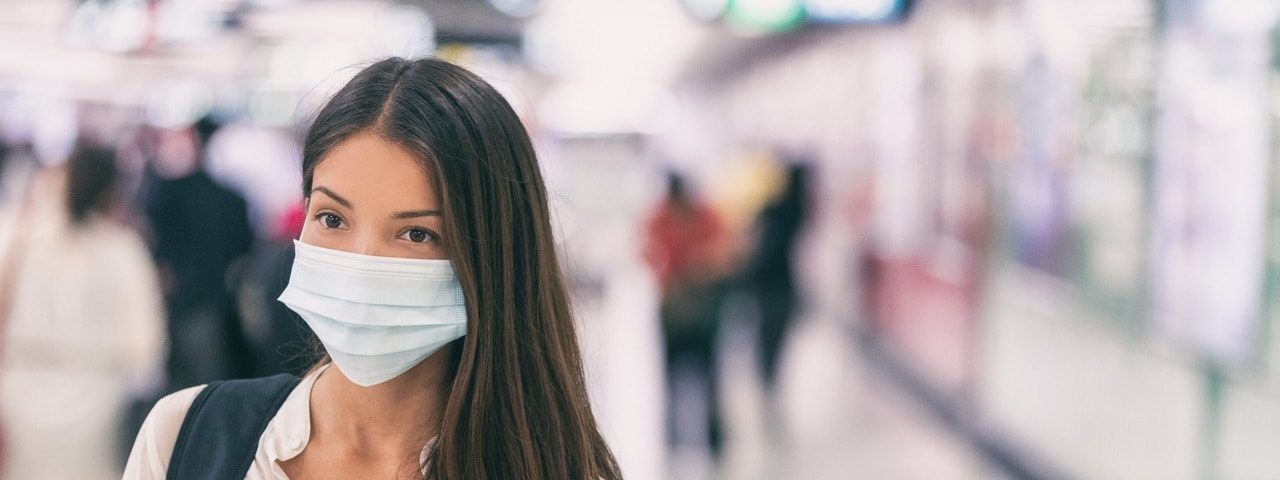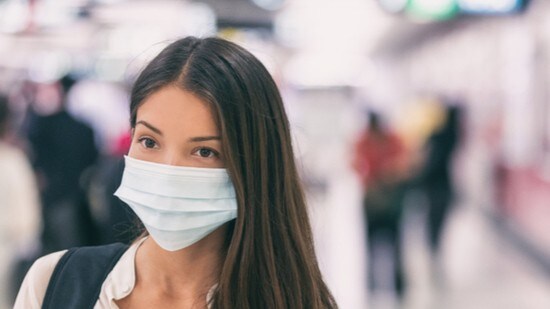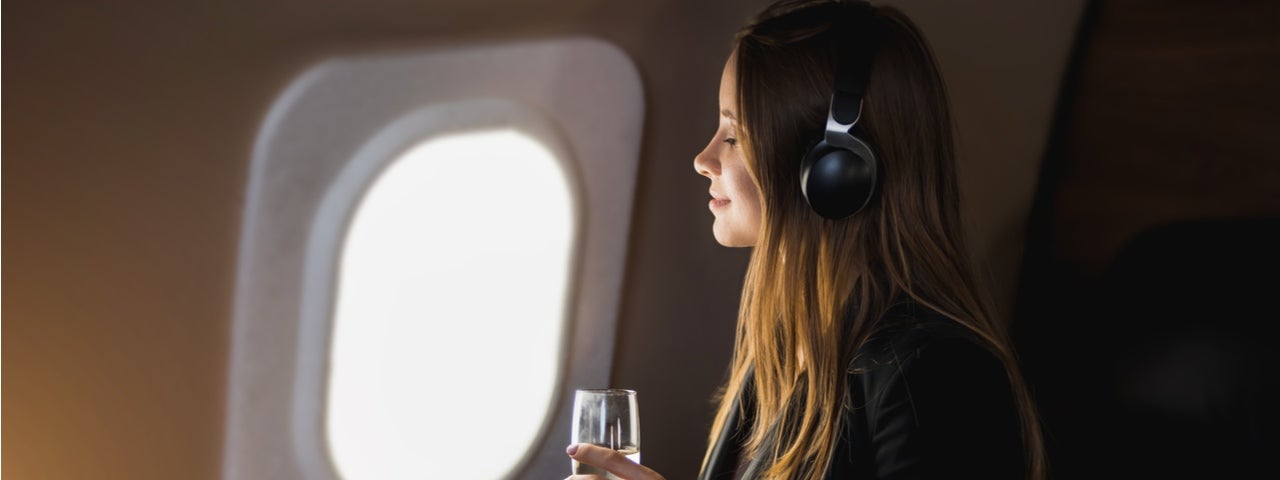How social distancing could impact the future of air travel
The aviation industry is weathering an unprecedented financial hit due to the COVID-19 pandemic. Right now, the only thing that is certain is that air travel will not look the same for the foreseeable future. With fears of a second wave of the virus spreading and people fearing being stranded in another country, airline industry experts predict that the demand for travel won’t bounce back for years to come. The immediate issue that airlines have to address is ensuring that social distancing measures are maintained on airplanes and at the airport. Currently, planes are flying at half the capacity and there’s no duty-free shopping at airports. This raises the question of what the near-future holds for the aviation industry.
Social distancing impact on the future of air travel
Airlines will have to overcome the big hurdle presented by passenger confidence. Many people will be concerned about keeping a suitable distance from their fellow travellers. Governments and airlines will need to make the necessary preparations for the end of the COVID-19 lockdowns. Restrictions will need to be put in place to ensure that passengers do not risk contracting or spreading the virus. All airlines will have to follow the guidelines until the World Health Organisation gives an all-clear signal. This could be implemented for several months as there is currently no vaccine for COVID-19.
Proposed airport and airline measures
-
At least a two-metre distance at airports and on planes must be adhered to
-
Wearing face masks
-
Disinfecting airports and planes
-
Blocking or removing middle seats
The blocking or removal of middle seats may be done to avoid passengers sitting directly next to each other. Many airlines are exploring this idea as it will promote social distancing, and it is something that customers would like to see. The only concern is knowing if this would actually help with proper distancing. There is also no evidence or guarantee that implementing an empty middle seat would prevent passengers from spreading the virus in-flight. Another concern is how realistic this option will be for the airline's revenue. IATA’s chief economist, Brian Pearce, warned that many airlines would not be able to operate flights with social distancing imposed onboard, if they were to maintain current pricing. It is estimated that airlines would need to raise fares by as much as 54% with these distancing factors in place, in order to remain financially viable.
Further social distancing measures will include airlines minimising their onboard services. This way, close contact between cabin crew and passengers can be avoided. Airlines will need to place pre-packaged food on passenger seats, prior to boarding. Some airlines may encourage travellers to carry their own food. In the U.S., some airlines are offering to-go bags in the gate area and serving individual cans of water, instead of its usual full drinks round. When it comes to boarding, only three rows at a time will be allowed, to prevent queues near boarding gates and the aerobridge. Airports must ensure a two-metre distance during check-in and security check.
Innovative thinking for the future of air travel
One Italian company, Aviointeriors, is envisioning a way forward for airlines. The company is shifting away from designing products whose purpose is to fit as many seats in one aircraft as possible. Instead, it is creating social distance-friendly options for economy class seating. The focus is on separating passengers as much as possible while still keeping revenue-friendly capacity levels. One idea includes the ‘Glassafe’ seat. This seating has dividers that act as a barrier to personal germs. Another idea is the ‘Janus Seat’, where every middle seat is rear-facing with barriers surrounding it. This idea allows for all three seats to have distance with minimal interruption.
A demand for private jet charters
The demand for private jet charters is soaring as travellers look to minimise their exposure to others. If you can afford the private jet costs, it is the way to go. In addition to the time efficiency that flying private offers, you can avoid overcrowded airports and long queues at check-in, and substantially reduce the risk of contracting the virus in-flight.
The aviation industry as we know it will not return anytime soon. As airlines implement new social distancing precautions, travelling will become more complex. Air Charter Service offers private charters to destinations for both business and leisure purposes. Travel in luxury with our world-renowned aircraft and ask us about affordable private jet charters, including empty-leg flights.

 As social distancing becomes part of our everyday life, the aviation industry has to find ways to implement procedures that will gain passenger confidence. COVID-19 has brought air travel to an abrupt halt; now airlines are looking at ways to get back to the sky as travel restrictions start to relax around the world. But how will social distancing impact the future of air travel?
As social distancing becomes part of our everyday life, the aviation industry has to find ways to implement procedures that will gain passenger confidence. COVID-19 has brought air travel to an abrupt halt; now airlines are looking at ways to get back to the sky as travel restrictions start to relax around the world. But how will social distancing impact the future of air travel?



